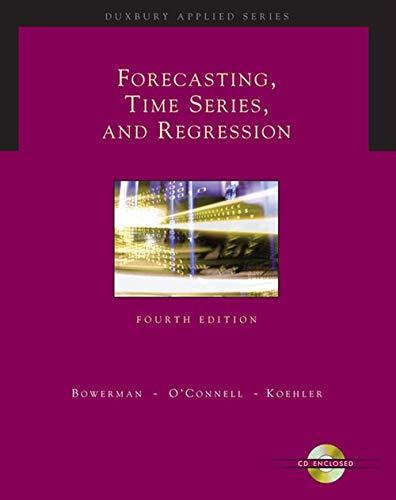Answered step by step
Verified Expert Solution
Question
1 Approved Answer
fixed expenses grants car insurance nonsufficient funds coverletter fee schedule bonds portfolio capital gains PIN(Personalidentification Number) Resume diversification realestate budget surplus benefits bank statement

fixed expenses grants car insurance nonsufficient funds coverletter fee schedule bonds portfolio capital gains PIN(Personalidentification Number) Resume diversification realestate budget surplus benefits bank statement checking account healthinsurance identity theft capital losses bull market bear market-liquidity credit union volatility fraud mutual funds budget variable expenses stocks beneficiary savings account scholarships safe deposit box Federal Trade Commission (FTE) dividends asset allocation APY (Annual Percentage Yield) overdraft/overdrawing budget deficit 1. When the stock market is trending downward. bear markt 2. Expenses that may increase or decrease from month to month. Vaxialble expenses 3. A kind of investment made up of a group of securities (stocks or bonds). The fund is created and managed by a business, with the intention of increasing profits and returns for the fund's shareholders. 4. Money for education given to a student based on criteria such as academic ability or athletic skill schebrships 5. An office of the government responsible for consumer protection. They deal with cases like identity theft, credit card mistreatment, and fraudulent sales schemes. FTC 6. Distributing investments among different asset classes. Stocks, bonds, options, mutual funds, CDs, T-bills, etc. are examples of different classes of assets. 7. A complete list of fee charges on bank accounts. Banks are mandated to create and provide these schedules to customers by the Truth in Savings Act., 8. Intentional deceit for the purpose of gain.. 9. A contract between you and the insurance company that protects you against financial loss in the event of an accident or theft. In exchange for your paying a premium, the insurance company agrees to pay your losses as outlined in your policy. 10. The percentage interest payments on a bank account on a yearly basis. The Truth in Savings Act of 1991 required that banks calculate and demonstrate to consumers a standardized APY for an account, so that various accounts are directly comparable.. 11. A way of managing the financial risks of getting sick or injured. In exchange for a monthly fee (called a premium), the insurance will pay for hospital, medical, and drug costs. 12. Negative returns on an investment that involve selling the asset for less than was paid for it. 13. A personal career document, outlining professional job history and experience, which highlights abilities and education. Resume
Step by Step Solution
There are 3 Steps involved in it
Step: 1

Get Instant Access to Expert-Tailored Solutions
See step-by-step solutions with expert insights and AI powered tools for academic success
Step: 2

Step: 3

Ace Your Homework with AI
Get the answers you need in no time with our AI-driven, step-by-step assistance
Get Started


